Facebook Ads are one of the more popular advertising options for people who are new to online marketing.
However, despite 92% of marketers claiming to use Facebook Ads, there are still many who try Facebook Ads and fail to generate positive conversion rate results.
In this post, we’re going to go through some of the common mistakes that people make, when running Facebook Ad campaigns of their own.
We’ll look at why most ad campaigns tend to fail and what can be done to fix a campaign that isn’t bringing you any results.
By the end of this post, you’ll have a crystal clear sense of what needs to be done, if you want to fix your ineffective Facebook Ads.
Let’s begin!
Poor targeting
One of the main reasons marketers fail with Facebook Ads is because they fail to target their ads properly. Facebook allows you to create a custom audience but many people don’t realize this.
More than 1.09 billion people use Facebook everyday – it’s pretty hard to say that your ads aren’t working because your target market isn’t hanging out on the site.
The main advantage of Facebook Ads is that they provide you with the ability to target your ads so that they’re shown to a very precise audience who will be curious about your offer and click ideally to a specified landing page.
It’s why there has been a 50% growth in advertisers between 2015 to 2016.
However, the flipside of that is that if your ads are poorly targeted, your ads will be shown across social media to people who don’t care for them at all leading to horrible site conversion.
So, knowing how to target your ads to a custom audience is important.
After all, you could get everything else right. But, if your targeting is off base, nothing else will work.
What good is an awesome looking ad, if the ad is shown to people who don’t care for it?
Think about it – if you aren’t interested in buying dog food, but a poorly target ad tries to promote some to you, even an awesome looking dog food ad isn’t going to change your mind on the matter.
Sure, you might click on the ad – just out of curiosity. Conversion tracking will show a positive conversion pixel but your bounce rate will give the real story.
But, if you’re a marketer, that’s one of the worst things that can happen.
‘Curiosity clicks,’ will just result in uninterested people who will never buy from you, yet clicking on your ads and, hence, costing you money.
So, knowing all of that, what can be done to target your ads effectively?
If you want to target your ads properly, you must first take a look at who your customer is and build a custom audience profile.
Knowing the traits and characteristics of your ideal customer will give you the chance to set up your ads, so that they’re shown to the right people.
Consider taking some time out to create a buyer persona.
A buyer persona will map out an, ‘avatar,’ based on the traits, characteristics and demographics of your ideal customer designed for site conversion.
Ideally you’ll want write down the following information, when writing out your buyer persona :
- Age and Gender
- Location
- Who/What influences them
- Language
- Interests/Hobbies
If you take a look at the image below, you’ll see the targeting options that are provided to you by Facebook.
At the very least, you need to be able to comfortably fill in these sections.
In some cases, you might not know your customer as well as you’d like.
Thankfully, in situations like this, Facebook offers a tool that you can use to research your ideal customer.
That tool is called Audience Insights.
When you visit Audience Insights, you will see this popup.
Pick the, ‘Everyone on Facebook,’ option, if you’re new to the world of Facebook.
Note: If you have a Facebook Page that represents your target market, then you can click on, ‘People connected to your page.’
Bear in mind that for this post, we’re going to take a look at how you can go about things, if you’re new to Facebook.
In the left hand column, enter in the location of your ideal customer and one relevant interest.
I’ve made the location USA, and the Interest, ‘Facebook Ads.’
When you know more about your customers, you can always enter additional information in the ‘Advanced’ section.
After we’ve entered in a location and an interest, we are then presented with some data that represents the traits, demographics and interests of our ideal customer that will ideally lead to website conversion.
Below, you’ll see the Age and Gender information that was returned, based on my input data.
After reviewing this information, we might decide to exclude age groups 18-24/55-64/65+.
That’s because the bulk of our audience can be found in the other age groups.
The image below shows the Pages that have been liked by our target audience. It comes from the Page Likes tab.
In other words, this section shows us some of the ‘Interests’ of our target audience.
After reviewing the information on this page, we now know what to enter in the ‘Interests,’ dialog box as we’re setting up our ads.
Additionally, the image below (which can be found on the same page) indicates which pages would be the best to target, if you were trying to reach your target audience.
That’s because this section shows us the, ‘Facebook Pages that are likely to be the most relevant,’ to our target audience.
Try and pick the pages that have the greatest affinity, if you want to target your ads with precision. In looking at split test results, the tracking pixel will show which pages give you the highest website conversion. Go with what works.
That’s a look at how you can target your ads more effectively. Get it right and you might be able to achieve a 14x return on investment like Chronex did.
Now, let’s look at what else can be done to fix Facebook Ads that don’t work.
Choosing the right bidding option and bidding the right amount
Another reason Facebook Ads don’t tend to work out for marketers is because they’re not bidding correctly.
If you find that your ads are not generating enough impressions or clicks, the bidding section might be where you need to make some adjustments.
When you’re building your ads, the section where you adjust the bidding settings for your ads can be a little complex for a newbie.
Here, you only really need to focus on a few specific sections.
The first is the, ‘Bid amount.’
If you previously selected the ‘Automatic’ option, but failed to see any results, you may want to now select the ‘Manual’ option.
Upon clicking the Manual option, you’ll then be able to decide how much you’re willing to bid, per click.
Often, you’ll be provided with a suggested bid, both minimum and maximum.
However, if you find that your ad isn’t getting any impressions to your landing page, in spite of you bidding within these numbers, you might want to go a little bit higher.
Of course, this all depends on how much you can afford. So, it helps to work out the lifetime value of a customer, if you want to remain profitable.
If, after bidding higher, you find that your ads are still generating low impressions, then you might need to take a look at your custom audience targeting. It might be too precise.
The second section that you need to review is the, ‘When you are charged’ section.
As you can see, there is the option to be charged ‘per click,’ or by ‘impression.’
If you find that your campaign is not generating enough clicks, it might be worth experimenting with being charged ‘per impression.’
But, if after making these changes, you still find that your ads aren’t generating enough clicks, you might need to go back to the targeting section and make some changes.
Alternatively, it might be that your ad itself isn’t click worthy – a concept we’re going to discuss next.
Note: If you have a campaign that is well targeted and is generating a lot of clicks and results, consider switching it over to being charged by impressions. This can potentially reduce the cost of a campaign.
Create click worthy ads
If you’ve taken care of the issues we’ve discussed already, but your ads still look like they need fixing, you might then want to take a look at adjusting the way your ads look.
A lot of the time, you can tell that your ad creative is performing poorly if your ad has a low CTR.
The average CTR on Facebook is 0.9%.
However, if you’re running a News Feed ad, you’ll want it to be above 5% and 1% for a Right sidebar ad.
Facebook is a very visual platform and you’ll want to make sure that your ads are good at catching the eyes of your custom audience.
If you do not have a lot of experience in creating Facebook Ads, you might want to study what other advertisers are doing.
Keeping a Swipe File is a good way to keep a record of ads that have impressed you.
You can use a tool, like Evernote, to screenshot any ads that you come across that have interested you or caused you to take action.
Bear in mind that you can also study people who are not within your niche.
That is because if you find something that works in another niche, there’s a good chance that it will be transferable to your niche.
A different style of ad might also be refreshing for the people you’re trying to reach, making your ad even more appealing.
Sometimes, you can make your ad more click worthy by placing a call-to-action within the image.
If you’re going to use text in an image, it can impact the reach of your ad.
If you use a lot of text, it can reduce the chance of your ad succeeding, as shown below.
As with many kinds of online marketing, penning persuasive copy is essential. That’s because you need to convince people to click on your ad.
You can write better copy by understanding what it is that your customers fear and desire. It also helps to know what objections they may have, in relation to an offer like yours.
When you know that kind of information, you can write copy that speaks directly to them, while also reassuring them that your offer is something worth checking out.
It is essential that you always include a call-to-action within your ad copy, so that people know what to do next.
Experimentation
Experimentation is an important part of fixing a Facebook Ad campaign that isn’t producing desired website conversion results.
Many of the best paid traffic experts in the world often fail to produce a winning ad on their first go.
A lot of them need to go through a process of testing, in order to find an ad that is going to bring them optimal results.
When it comes to your own campaigns, consider creating multiple variations of the same ad.
Below is an example of how you can split test a campaign.
You should let ad variations run for a couple of days and then check in on the data.
Odds are, you’ll find that one ad produces better site conversion than another.
Images aren’t the only elements of an ad that you can split test. You can also experiment with the targeting and the copy of an ad.
There’s even the option of seeing what happens when you use different ad formats – such as Instagram ads, or Right sidebar ads.
When you carry out split tests, it is essential that you try and make some radical changes to your existing ads.
That is because this is more likely to bring you a dramatic upturn in results versus small, incremental changes.
Conclusion
Facebook ads can be a great way to increase traffic numbers for your website.
However, if you have yet to see an adequate return on investment, it may just be that you’re making some common mistakes leading up to getting your custom audience to your landing page.
In this post, we have covered some simple fixes that you can act upon, if you want to mend a Facebook Ad campaign that isn’t working out.
We’ve taken a look at how you can make changes to targeting and ad copy. We also touched on the importance of testing multiple variations of the same ad, in order to find a winner.
Take action on what you have learned and see if you can fix some of your low ROI Facebook Ad campaigns.
Do you have any tips that you can share, when it comes to improving a Facebook Ad campaign that isn’t delivering as it should? Let me know below!


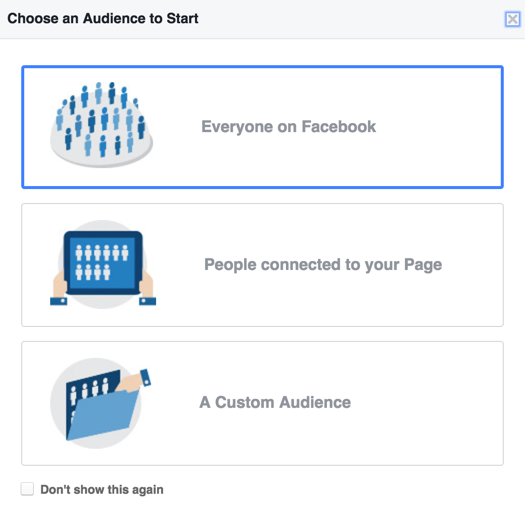
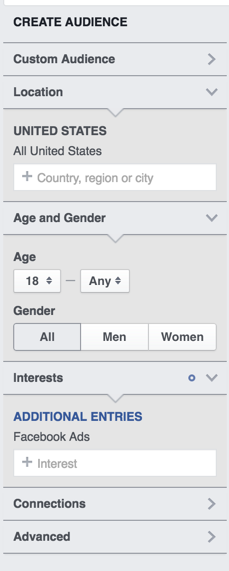
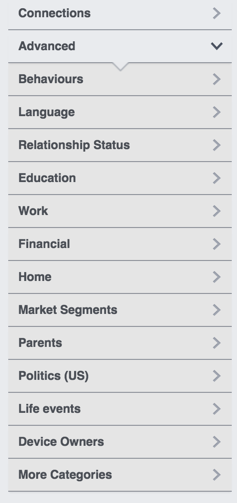
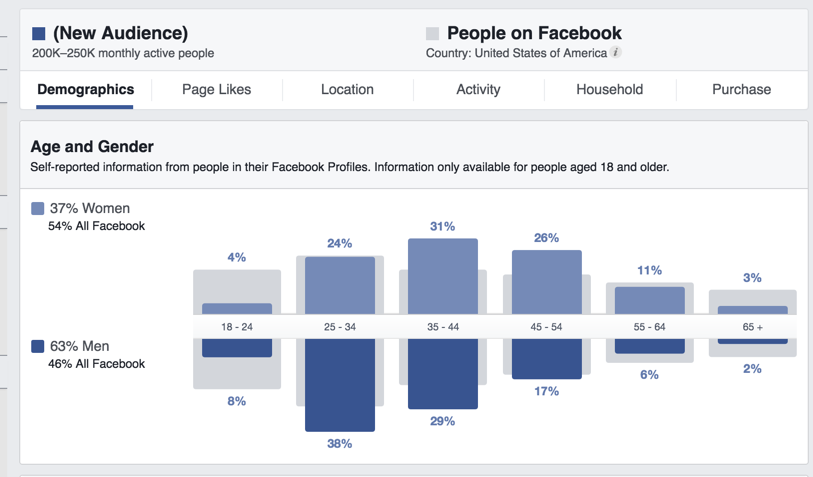

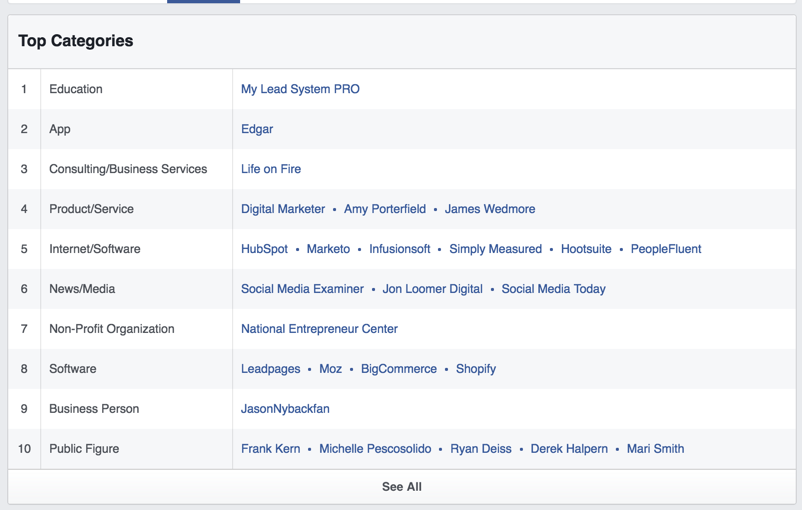
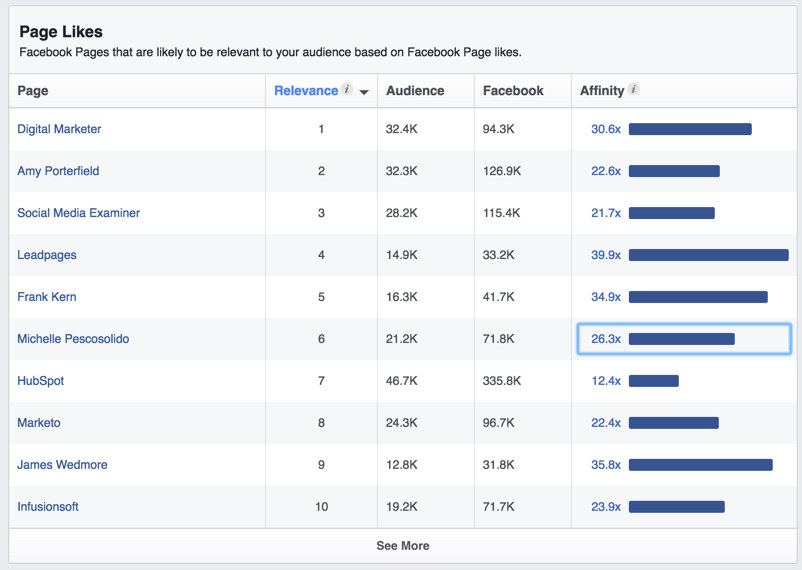
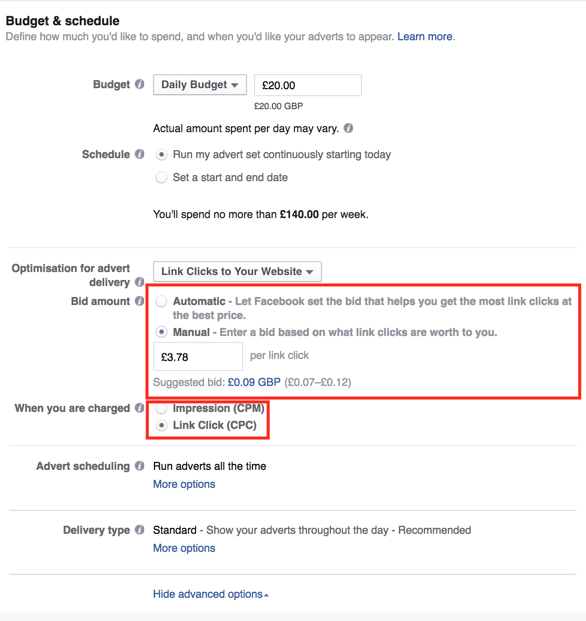
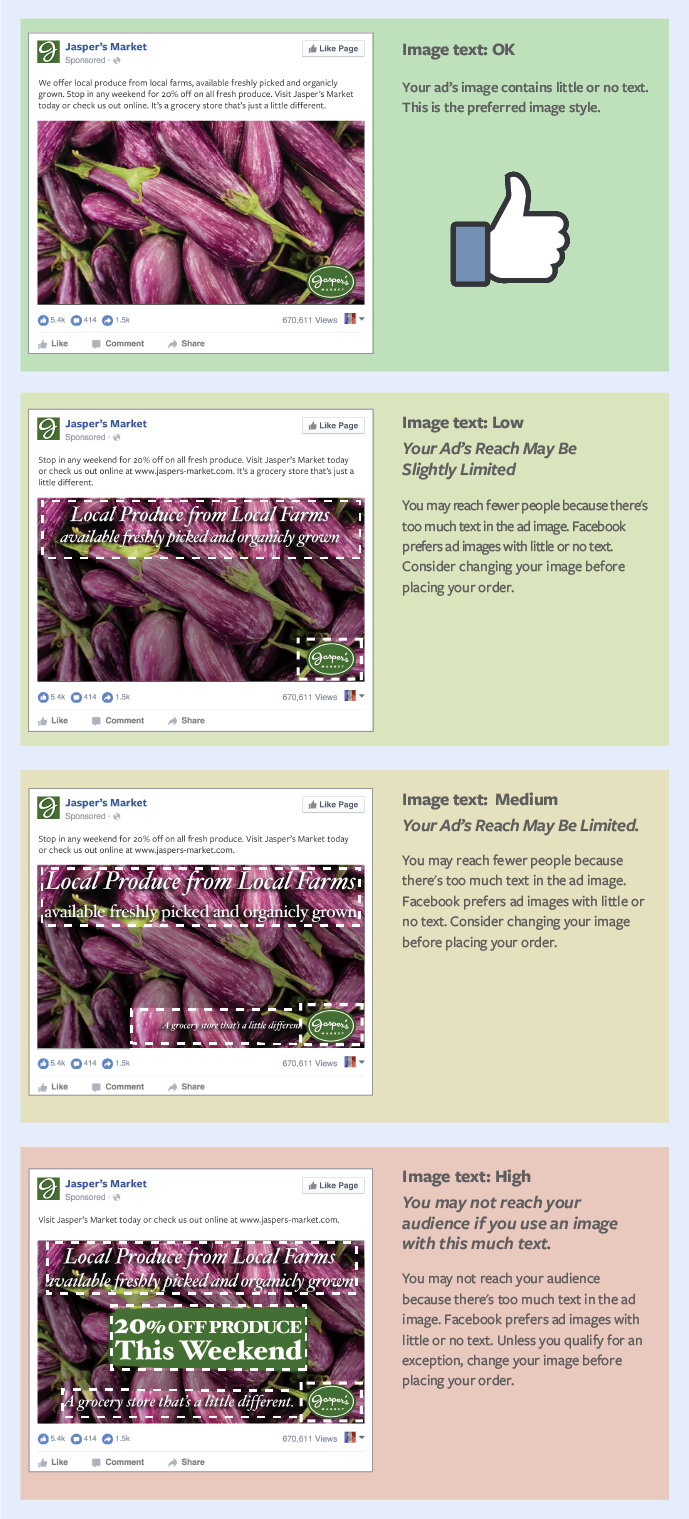

Comments (114)